Loading chain for automobile industry
Applications of Chain Conveyors
Chain conveyors are crucial for moving heavy unit loads such as pallets, grid boxes, and industrial containers. They work by placing these loads directly on the chains, which then move the loads forward through friction. Available in single or dual chain strand configurations, chain conveyors are valued for their straightforward installation and minimal maintenance needs.
Industry Applications:
- Automobile Industry: Chain conveyors are widely used to transport car parts through various stages of production, including paint shops. Their robust design ensures they can handle the heavy loads typical in automotive manufacturing.
- White and Brown Goods Manufacturing: These conveyors facilitate the movement of products such as household appliances and electronics during assembly and finishing processes.
- Metal Finishing: Chain conveyors are employed to move metal components through stages like cleaning, plating, and coating, ensuring efficient processing.
- Distribution and Logistics: In distribution centers, chain conveyors streamline the movement of goods through sorting, packing, and shipping processes.
Painting and Coating Applications:
In the painting and coating sector, chain conveyors enhance productivity by allowing products to be mounted on overhead conveyors. This setup keeps items off the floor, enabling efficient application of paint or coating and minimizing floor-related contamination.
Diameter Data
| Chain
No. |
Pitch
P mm |
Inner Width of
Inner Link b1(min) mm |
Outer Diameter of Roll d1 mm | Outer
Diameter of Roll Wheel D mm |
Pin | Sidebar | Attachment | Min. Tensile Strength Q(min)
KN |
Weight per Meter
q kg/m |
||||
| d2
mm |
L
mm |
T
mm |
h
mm |
A
mm |
B
mm |
H
mm |
|||||||
| P200 | 200 | 38 | 40 | 80 | 18 | 162 | 7 | 52 | 195.5 | 86 | 58 | 166 | 24.1 |
| P250 | 250 | 59 | 50 | 80 | 23 | 142 | 8 | 62 | 245 | 100 | 85 | 212 | 43.2 |
| P315 | 315 | 63 | 50 | 80 | 25 | 150 | 10 | 72 | 309 | 100 | 85 | 315 | 58.0 |
| P315 | 315 | 50 | 85 | 49 | 18 | 136 | 8 | 54 | 309 | 185 | 80 | 303 | 48.3 |
| P400-2 | 400 | 102 | 120 | 65 | 35 | 102 | 12 | 100 | 600 | 390 | 100 | 580 | 108 |
| P305 | 305 | 40 | 58 | 100 | 35 | 180 | 10 | 100 | 294 | 140 | 85 | 390 | 58 |
The Role of Loading Chains in the Automobile Industry
Loading chains are pivotal in the automobile industry, playing a key role in transporting auto parts along production lines. Designed to handle heavy loads, these chains ensure reliable and efficient movement throughout the manufacturing process. Their durability and strength are essential for the demanding conditions of automotive production, providing consistent and dependable performance.
Benefits of Loading Chains in Automotive Manufacturing:
- Strength and Reliability: Engineered to support heavy components and withstand the harsh conditions of automotive production environments.
- Efficient Transport: Facilitates smooth movement of auto parts through various stages of manufacturing, enhancing overall workflow.
- Durability: Built to endure the rigors of continuous use, contributing to long-term operational efficiency.
Chain conveyors and loading chains are indispensable for effective production and handling across various industries, supporting improved productivity and operational efficiency.
About us
We are a manufacturing company specializing in transmission components, committed to delivering high-quality products and customized solutions. Equipped with advanced manufacturing facilities and a skilled technical team, we cater to diverse needs across various industries. Whether in automotive, mechanical manufacturing, or other industrial sectors, we have earned customer trust through exceptional quality and reliability.
Through continuous innovation and ongoing improvement, we ensure our products remain competitive in the market, providing optimal value and service to our clients.
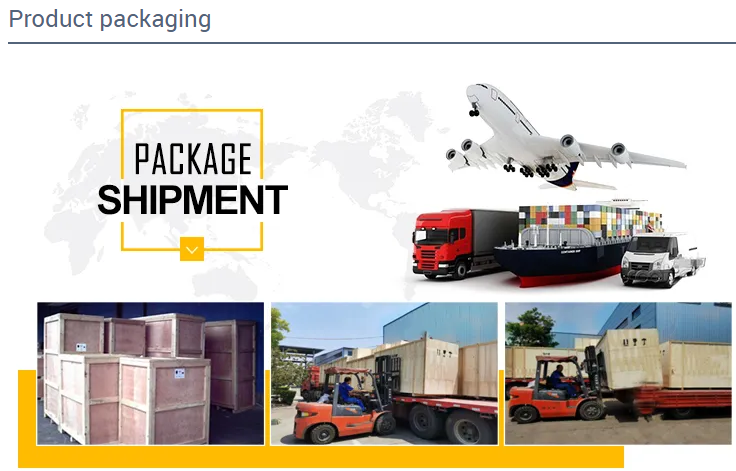
Packing Shipping Delivery
  |
 |
|
 |
 |
|
How to choose power transmissions parts and industrial products which meet our requirement
| Chains | Sprockets | Pulleys | Timing belt Pulley | V-belt Pulley |
| Sheaves | Coupings | Bush &Hub | Gear& Rack | V-Belt |
| Locking Assembly | Pulley | Gearbox | Reducer | Shaft Collar |
| Rod End Bearing | Clevis | PTO | Chain Guide | Belt Guide |
| Rubber Buffer | Chain Tensioner | PTO Drive Shafts | Universal Joints | Roller Chains |
| Conveyor Chains | V-Belts | Worm Gearbox | Helical Gear | Worm |
| Agricultural Chain | CNC Proces Parts | Casting | Stamping | |
| Powder Metallurgy | CNC Proces Parts | Casting | Stamping |
What Products Do you sell ?
We are a group of factories, give customer one stop solution of power transmission and industrial products. We are in the position to supply wide range of products, including chains, sprockets, v-belt and v-belt pulleys, timing belt and timing belt pulleys, gears, speed reducers, motors, racks, couplings, and many other parts, like locking assembly, taper bushing, Chain guide, shaft collar, torque limiter, cam clutch, universal joint, motor base and motor slide, rod end, clevis, rubber mount, etc. We make special parts according to drawings and/or samples.
How to choose a gearbox which meets our requirement?
You can refer to our catalogue to choose the gearbox or we can help to choose when you provide
the technical information of required output torque, output speed and motor parameter etc.
What information shall we give before placing a purchase order?
a) Type of the gearbox, ratio, input and output type, input flange, mounting position, and motor informationetc.
b) Housing color.
c) Purchase quantity.
d) Other special requirements.
What industries are your gearboxes being used?
Our gearboxes are widely used in the areas of textile, food processing, beverage, chemical industry,
escalator,automatic storage equipment, metallurgy, tabacco, environmental protection, logistics and etc.
What is the producing process?
Production process including raw material cutting, machine processing, grinding, accessories cleaning, assemble, cleaning, stoving, oil coating, cover pressing, testing, package.
How to control the products quality?
Combining advanced equipment and strict management, we provide high standard and quality bearings for our customers all over the world.
What is the transportation?
-If small quantity , we Suggest to send by express, such as DHL,UPS, TNT FEDEX. If large amount, by air or sea shipping.
Can we design packaging?
-Yes. Default is regular packing, and we can make customer's own packing.
Can you provide OEM service?
-Yes, we work on OEM orders. Which means size, quantity, design, packing solution, etc will depend on your requests; and your logo will be customized on our products.
Can you give me discount on Power Transmissions Parts and Industrial parts?
-Yes, of course. Pls. send me your Email, you'll get more
Q: Are You a trading company or a manufacturer?
A: We Are the factory and have our Own trading company
Q: How Can I get an offer?
A: please send US quotation information: drawings, materials, weight, quantity and requirements, we can accept PDF, ISGS, DWG, STEP file format. If you don't have the drawings, please send us the samples, we can also quote you according to your samples.
Q: What is your minimum order size?
A: it is usually 100 pieces, but a low quantity is acceptable under some special circumstances.
Q: Do you provide samples? Is it free or extra?
A: Yes, we can provide samples free of charge, but we don't pay the freight.
Q: What is the lead time for mass production?
A: honestly, it depends on the number of orders. Normally, if you don't need the tools, deposit them after 30 days or so.
Q: What if the parts don't Work?
A: we can guarantee the quality, but if it happens, please contact us immediately, take some photos, we will check the problem and solve it as soon as possible.
Q: What are your terms of payment?
A: payment is less than US $1000,100% in advance. Payment: $1000,50% wire transfer in advance, balance before shipment,Other Terms of payment are negotiable

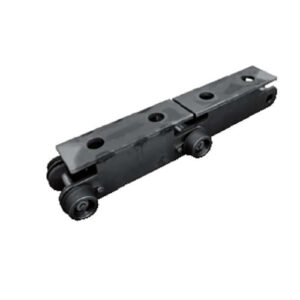
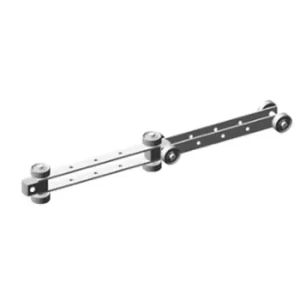
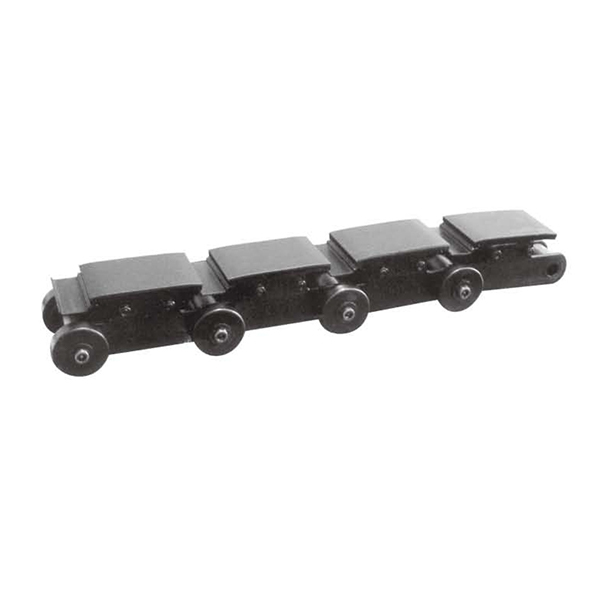
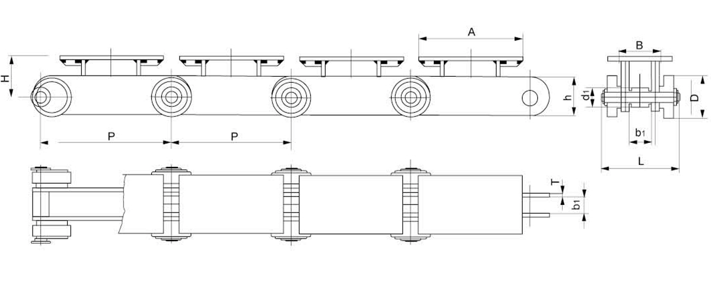
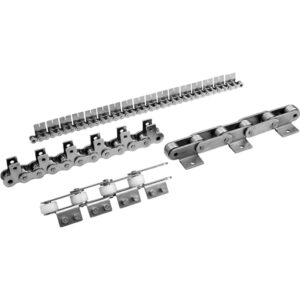
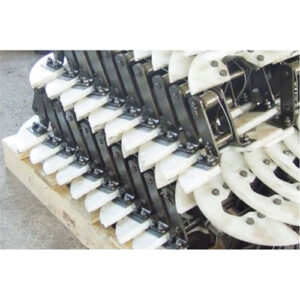

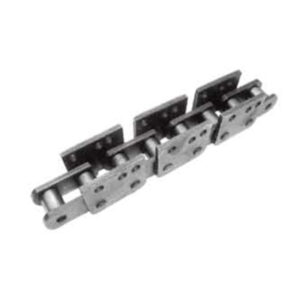
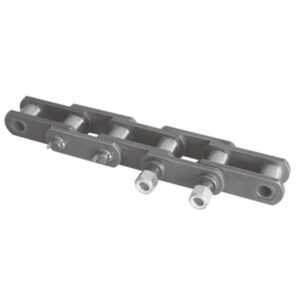
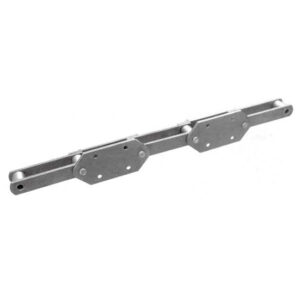
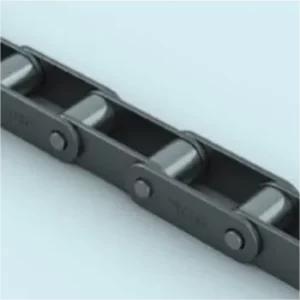
Reviews
There are no reviews yet.